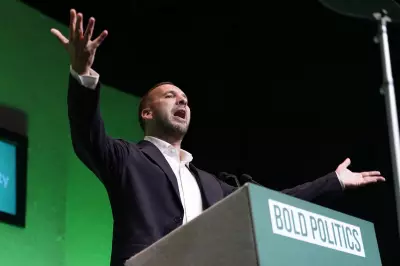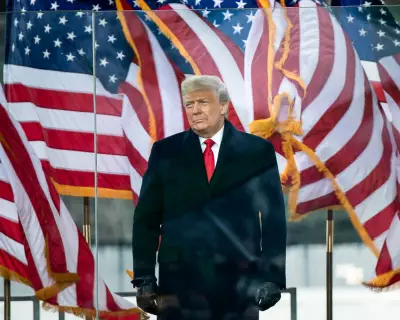
In a bold move that has ignited both praise and controversy, New York State Assembly member Zohran Mamdani has replaced an English-language sign at a Queens public assistance office with its Arabic equivalent. The Democratic Socialist politician's action has sparked intense debate about linguistic inclusion in public services.
The Sign That Started a Political Storm
The controversy centres around Mamdani's decision to install an Arabic sign reading "Department of Social Services" at a Queens facility. The 31-year-old politician, who represents Astoria, documented the change on social media, stating his office had "exchanged" the signage to better serve the community's diverse population.
Mamdani, a prominent figure in the Democratic Socialists of America, defended his action as a necessary step toward making government services accessible to all New Yorkers, regardless of their primary language. "This is what it means to build a New York for all of us," he declared.
Mixed Reactions and Political Fallout
The move has drawn sharp criticism from conservative commentators and some political opponents who have labelled it "divisive" and questioned whether public funds should support such changes. Critics argue the action prioritises political symbolism over practical governance.
However, supporters have celebrated the gesture as a meaningful step toward inclusive governance. Advocates for immigrant communities have praised Mamdani for recognising the linguistic diversity of his Queens constituency, where numerous languages are spoken alongside English.
Broader Implications for Public Service Delivery
This incident raises important questions about how public institutions serve multilingual communities. With New York City being home to speakers of hundreds of languages, the debate touches on fundamental issues of accessibility and representation in public services.
Mamdani's action reflects a growing trend among progressive politicians to challenge established norms around language and inclusion in government services. The controversy highlights ongoing tensions between traditional approaches to public administration and newer, more diverse representations of community identity.
As the discussion continues, the Arabic sign remains in place, serving as both a practical guide for Arabic-speaking residents and a powerful symbol of the ongoing debates about identity, inclusion, and the changing face of American public life.





